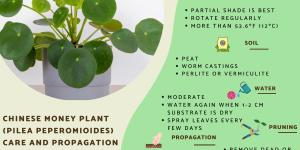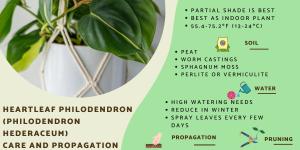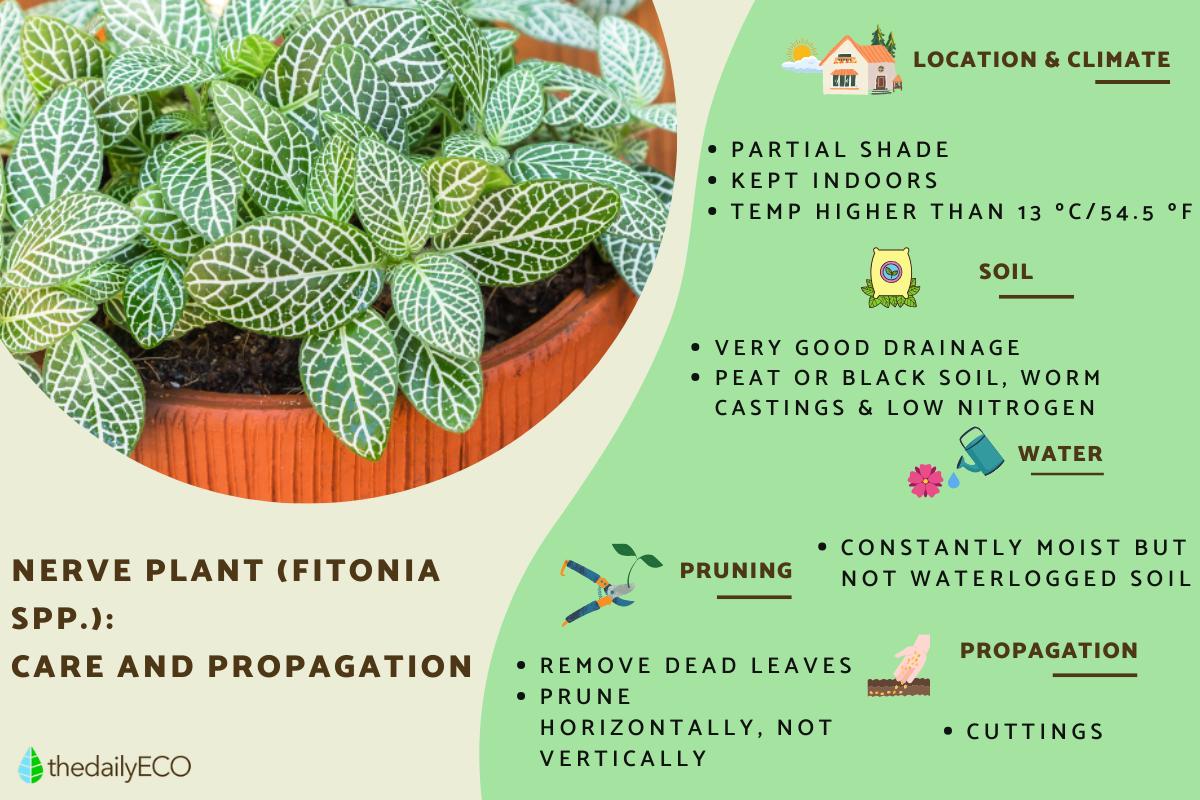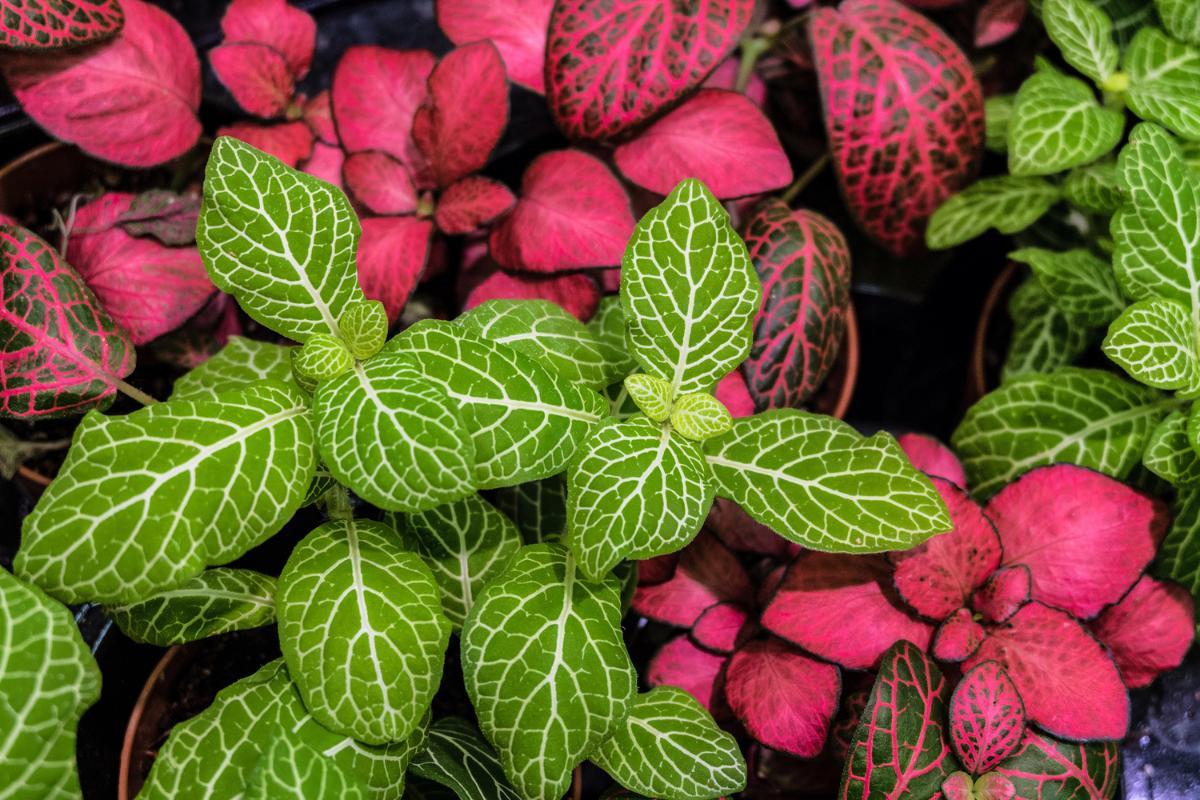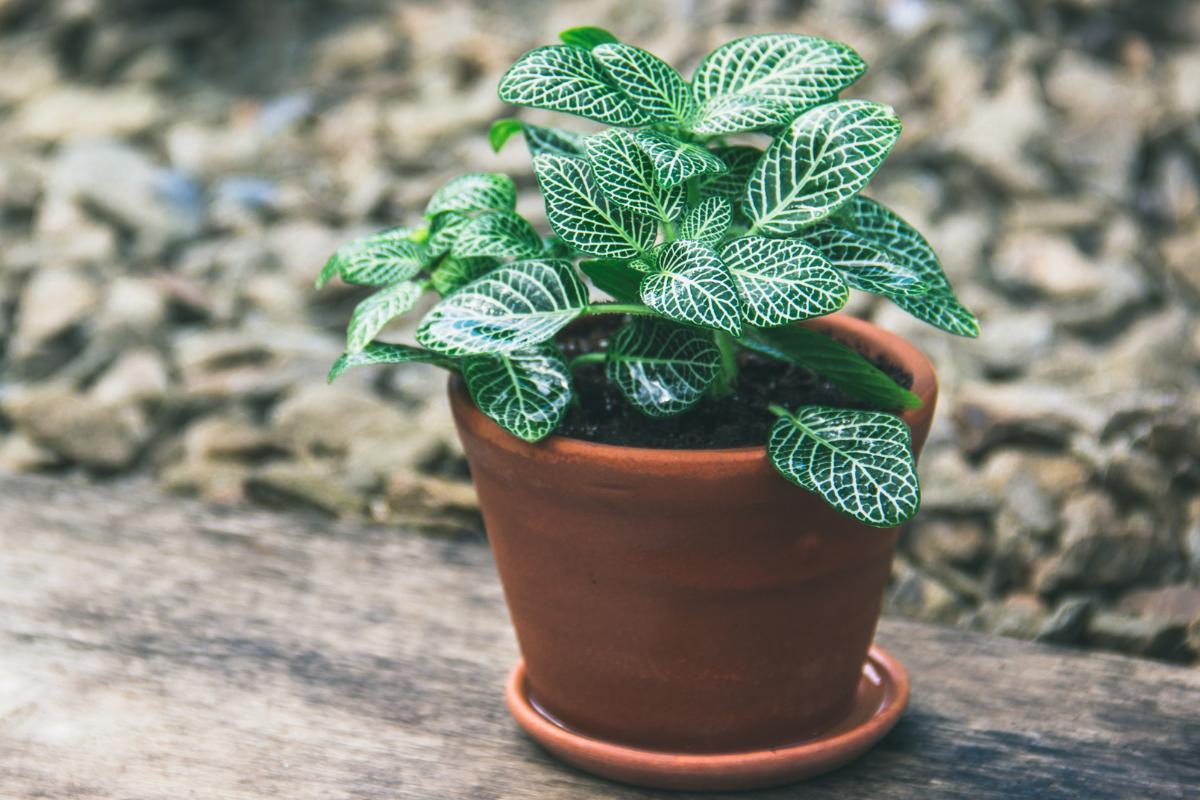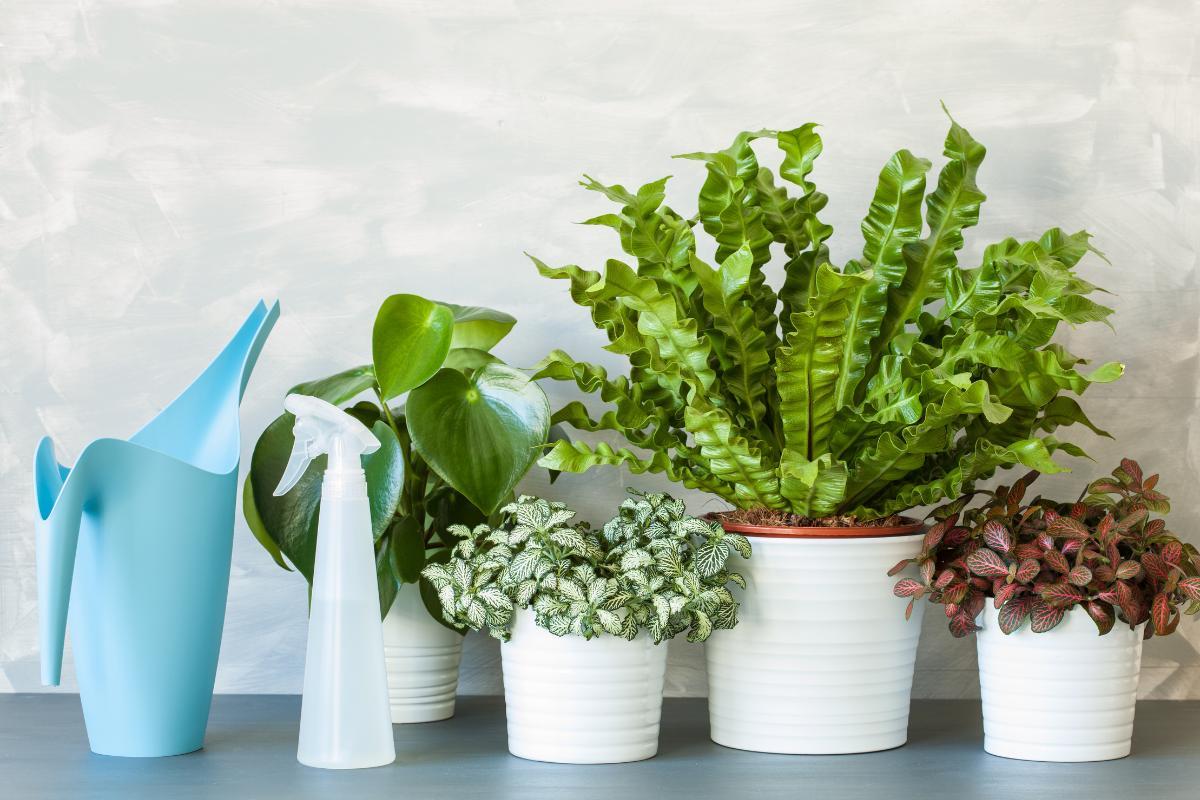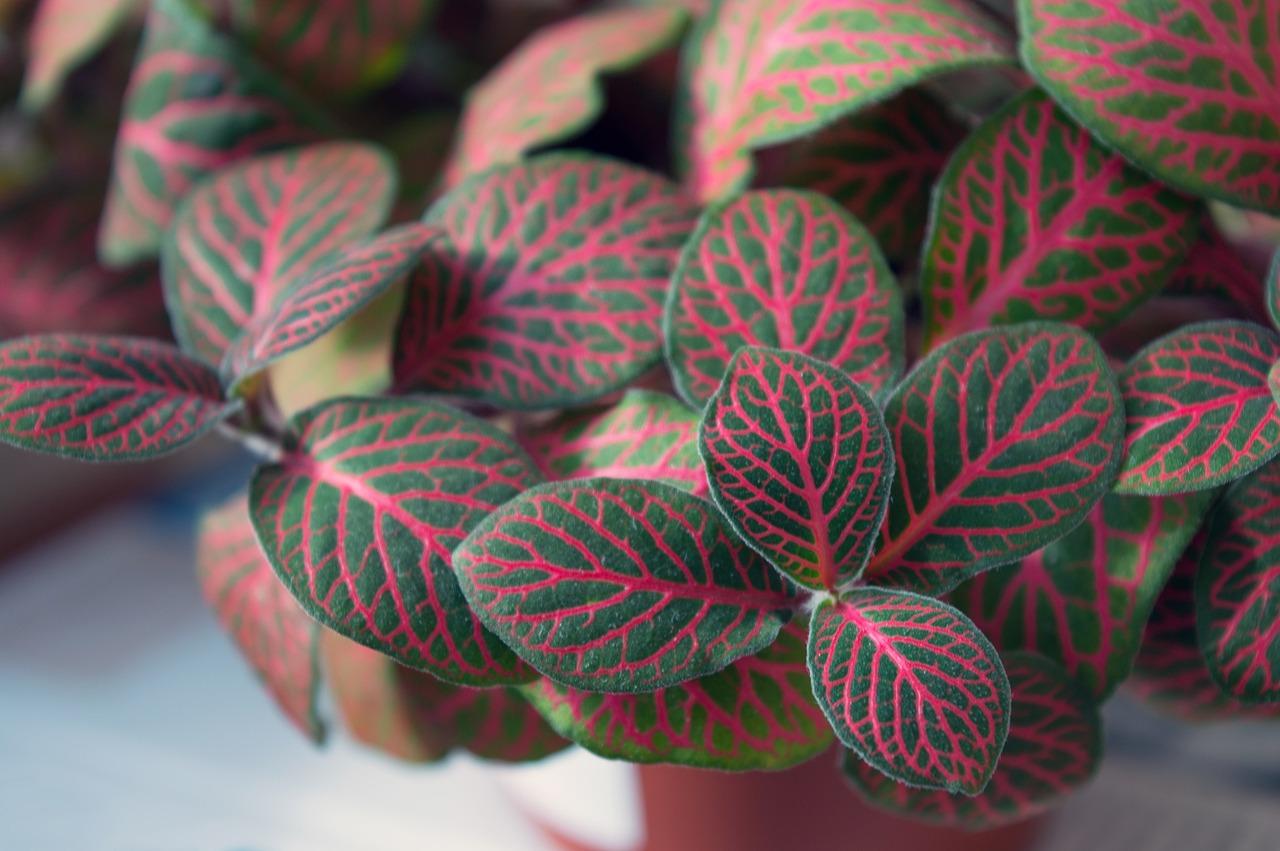Nerve Plant Care Guide - Grow and Propagate


Also known as fittonia, nerve plants (Fittonia spp.) are a partial-shade plant which are very popular houseplants across the world. While they can be grown outdoors, they often best thrive in indoor conditions where the environment can be better controlled. This means a temperature over 13 ºC/55.4 ºF, fertile soil and high humidity. One of the joys of growing your own nerve plant is that you can reproduce it via propagation to plant more. Fittonia can be propagated via cuttings. Sometimes known as the mosaic plant, the nerve plant is known for its variegated leaves which are beautifully unique. thedailyECO explains how to grow and propagate fittonia plants with our nerve plant care guide.
Characteristics of nerve plants
Nerve lants are from the genus Fittonia. They are is a herbaceous plant with striking elliptical leaves. These small leaves have veins of contrasting colors that can be pink, white or red. The plant's common name is because they look life a series of exposed nerves running across the leaves. It grows expansively and is a type of creeper. For this reason, it is often used as a ground cover in garden design. There are two known species of Fittonia:
- Fittonia gigantea: grows to 60 centimeters in height, but is not very common.
- Fittonia albivenis: the stems grow to a maximum of 15 centimeters in height, meaning it is a small plant. Most of the nerve plants sold are of this species.
Due to the beauty of the F. albivenis species, numerous varieties have been created to enhance certain chosen characters. Some examples of nerve plant cultivars are:
- Fittonia 'Black Star': the leaves are a very dark green, almost black, with pink veins.
- Fittonia 'Red Star': the veins are very thick, so thick that they cover almost the entire leaf, leaving very little green color visible.
- Fittonia 'Pink Star': the leaves are light green and have highly branched pastel pink veins, with thin veins.
- Fittonia 'Superba': has small thin white veins and the leaves grow very compactly.
They are native to Central and South America, but they can be grown almost anywhere in the right conditions. If this is something you are considering, use the affiliate link below to purchase one:

Nerve plant light, temperature and location
As types of partial-shade plants, nerve plants need light, but should not be kept for prolonged periods in direct sunlight. They are most often an indoor plant, but can be kept near a window to receive partial light. If you do keep one outdoors, it should be under a roof or under trees that give it some shade. In its natural environment it grows under the thick tree canopy of the jungle, so for this reason it is not adapted to direct light.
When there is a lack of light, the stems begin to elongate too much and the leaves are distributed in an uneven way. If this happens to you, it is an indication that you need to move your plant to a place with more light, but always indirect light.
It does not tolerate temperate climates, and should always be above 13 ºC/54.4 ºF. If it is kept in cold areas it should always be indoors or in a greenhouse.

Best soil for nerve plants
The substrate necessary for fittonia growth is universal soil, but with a high content of organic matter. This is easily prepared at home by mixing one part worm castings, another part peat or black soil, and a handful of a material that gives structure to the soil and promotes drainage. This can include such as tepojal, lava rock, perlite or vermiculite.
Below are the best components for nerve plant soil:
- Worm castings: organic matter produced by worms, it is natural and very nutritious for plants.
- Peat: allows roots to be fixed and their proper growth.
- Vermiculite: a material that retains water until it is saturated, so the excess is expelled.
- Lava rock: a very porous material that serves to retain the necessary water, exude the excess and aerate the soil for healthy roots. Learn more about lava rock for plants in our related guide.
Every month during spring and summer, a liquid fertilizer can be applied to enhance the growth typical of these seasons. Learn how to make your own worm castings at home with our helpful DIY guide.
Nerve plant watering
The most important thing to maintain nerve plant health is high humidity, something which can be difficult to maintain. The substrate must always be kept moist, but not waterlogged. It is key that you prepare the substrate with the previous materials. In winter, watering should be spaced out more since the plant will not have new growth. Depending on the temperature where you live, watering can be done every other day or three times a week.
In addition, it is advisable to spray the leaves with water to promote good humidity. This is especially recommended in very dry areas or where there are stoves and heaters during the winter.

Pruning nerve plants
Pruning fittonia is aimed at containing horizontal growth rather than height. It can invade areas where we do not want nerve plants, so it will be good to prune the excessive growth. You can save the shoots you cut to propagate the plant, something we explain how to do later.
If you don't fancy a nerve plant at home, but want something with beautiful veined leaves, you can learn how to grow and care for a prayer plant at home.
How to revive a drooping nerve plant
It is relatively common for nerve plants to droop, lowering the stems and wrinkling the leaves. Fortunately this can be resolved quickly. The decay is due to water stress due to lack of water, so you will only need to water it for it to take shape again.
Although it is easy to revive fitonia plants, don't get too complacent about infrequent watering. If they lack water for too long the leaves will become too dry and lose their ability to recover. The best thing is that you always give them the water they need at the moment.
Learn more about plant leaves with our article on the different parts of a plant leaf.

How to propagate a nerve plant
Nerve plants are propagated by cuttings. This method must be done in spring and you will need to use the following steps:
- Choose a healthy plant that has stems with at least 3 or 4 pairs of leaves.
- Cut a stem with leaves near the base.
- Place it in soil or water so that it develops roots. You can apply a little rooting agent if you have it available to speed up the process.
It is very important to give it care during this reproduction phase to be successful. If it is kept in the ground, it should be watered constantly without letting the substrate dry out. It should also be placed under indirect, but bright light.
If you want to read similar articles to Nerve Plant Care Guide - Grow and Propagate, we recommend you visit our Plant care and cultivation category.
- Royal Horticultural Society. (n.d.). Fittonia albivenis Verschaffeltii Group. Retrieved from: https://www.rhs.org.uk/plants/77753/fittonia-albivenis-verschaffeltii-group/details

